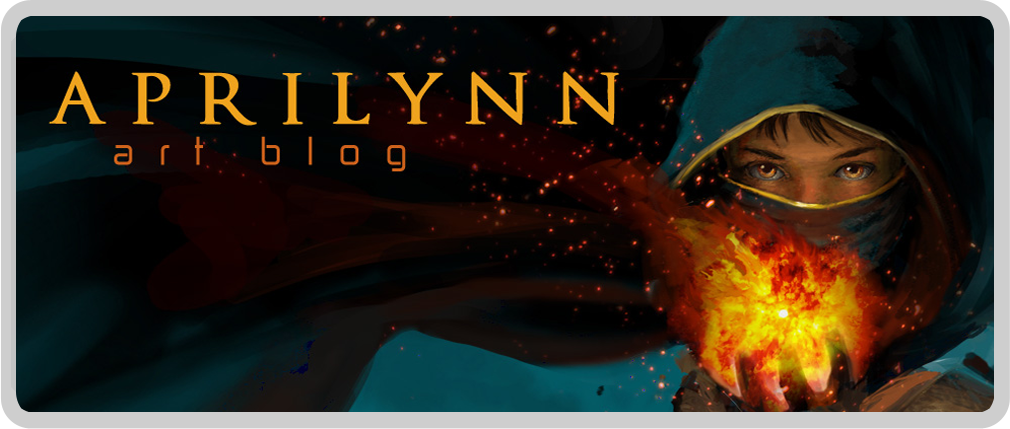 |
Mastering principles of form empowers artists to make ANYTHING, so if you want to make anything, you have to know how things are made, or at least the principles behind how they look. For anyone who wants to draw from their head, this exercise proved to be most helpful, although I found it quite stressful the first time. You're not getting graded, so I'm sure it will be much more relaxing. This also helps you get more control of whatever you like to draw/paint in and forces you to notice how light falls on objects.
Here's the list of the principles that makes the things around us look 3D
Highlight is where the light hits directly. The shinier the object the more distinct the highlight.
Light side is the side where the light hits.
Midtone is where the sphere is turns away from the light, but not completely.
Dark side is the shadowed area of the sphere facing opposite the light.
Reflected light bounces up onto the darkside of the sphere and makes it lighter, but not as light as the light side.
The shadow, well, you know that one, but it is the area on the ground that the light is blocked by the object
The last one that I don't actually mention in the video is the "Dark Accent" it's at the base of the ball, where no light can reach, or at least, very little light.
Take a perfectly round sphere, rubber ball, little beachball (or as close as you can get) and light it with some lightbulb. Make sure that you can see where the highlight hits. You will have seven different areas of "Form" that make that sphere look round.
I started out just lightly putting in a circle, sketched in the shadow, (as round as I could get it) and then split the circle into the the five main areas of form.
The video below shows how to capture all seven parts in a sphere. Getting all seven in the right spots makes it look real. It really doesn't quite come together until the end.
The next video has the same principles only for a cube. I never had realized, or I had forgotten, that cubes have highlights, dark accents, and reflected light, just the same as a sphere. I had only really thought of them as lightside, midtone, darkside and shadow.
If you try it in pencils, make sure you have a 6b around if you want to get those dark darks.
If you try it in charcoals, make sure you don't smudge your paper and build to your darks. It's much easier to add more charcoal if it needs to be darker than to erase it off. Charcoal just likes to smear.
Best of luck.
